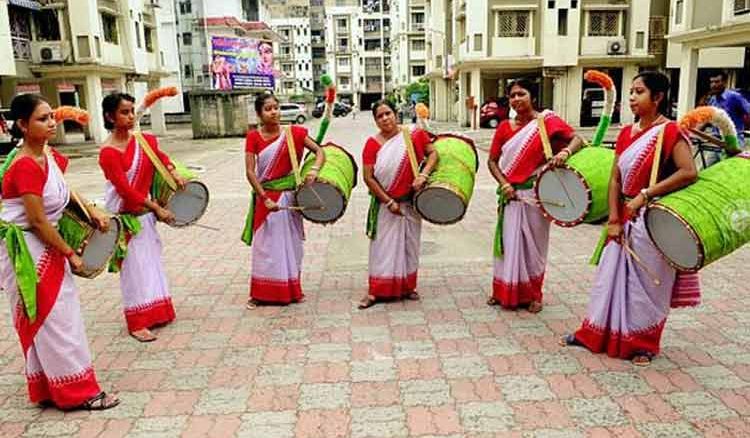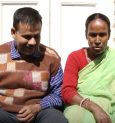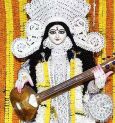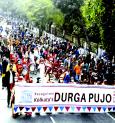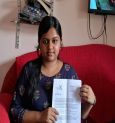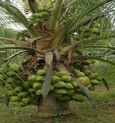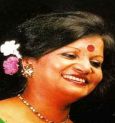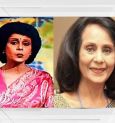‘Bajlo tomar alor benu
Matlo je bhuban….
Aaj prabhate se sur shune khule dinu mon…
Antare ja lukiye raaje’-
-Birendra Krishna Bhadra’s ‘Mahisasuramardini’ which was broadcast by All India Radio, Calcutta in the year 1931, is one of the scintillating Radio Programme ever.
Late on Mahalaya evening last year, 25-year-old Uma Das prepared herself to take the center stage at a south Kolkata pandal. Her face, with a dot of sandalwood paste adorning the forehead, is a mask of calmness. Her lal paar’er sari is starched stiff, with not a fold out of place. She picked up the jute strap attached to a hefty dhak around her neck and signals her troupe to follow-up the rhythm. The intimating size, the mango-wood body glistening with sorser tel (mustard oil) and the large plume of feather attached to it- all of this has narrowed down to something masculine to most Bengalis. To eradicate such thoughts Uma and her girls (Tuku Das, Lakshmi Das, Jyotsna Das, Rimi Das and Susmita), swayed before us to the rhythm of their own beat. Watching her (Uma’s) father-in-law perform all over the world, Uma and her father wondered why not an all-women dhaki troupe? Initially, things changed. Last year they performed in more than 25 pujas.
The initiator- Uma who is married into a family of traditional dhakis in Bengal’s Habra town. The best part is, they braved the storm and now these 6 women made their family proud. Even the das residence started a training school for women dhakis. Not to mention, they are the 1st female dhakis in India and we can’t be less proud.
 বাংলায় পড়ুন
বাংলায় পড়ুন


